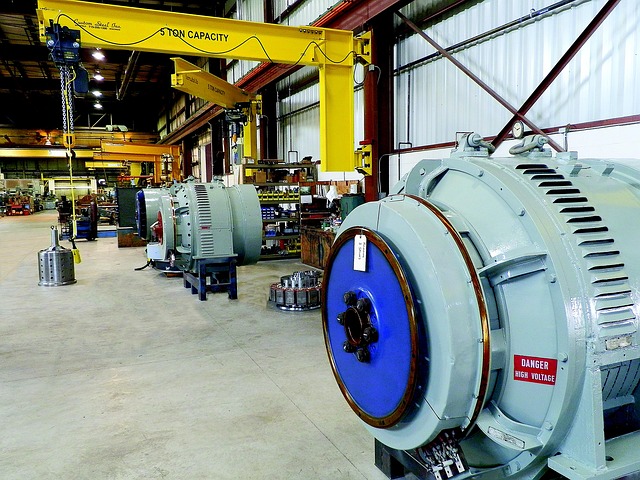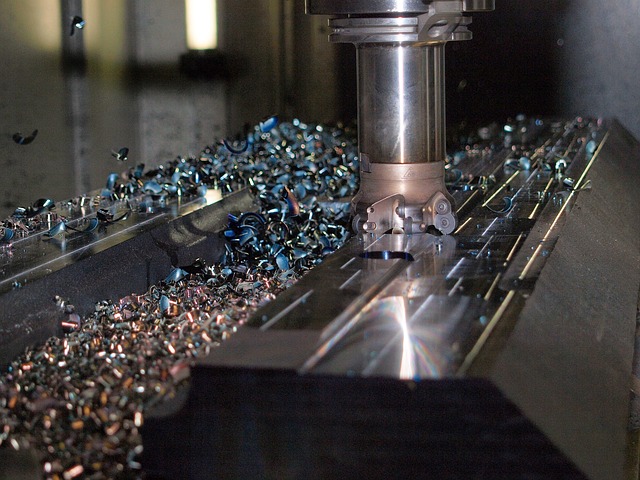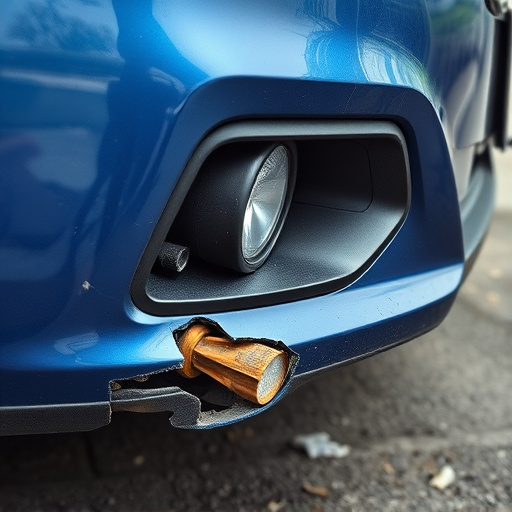The Mercedes sequential turn signal system, a cutting-edge safety feature with a unique flashing sequence, requires expert repair when malfunctioning. This involves diagnosing issues like faulty sensors or software glitches and performing repairs such as part replacement, module reprogramming, or advanced diagnostics. Skilled technicians at reputable vehicle body shops ensure seamless operation, enhancing road safety and visibility for drivers and pedestrians.
“Unsure about the duration of a Mercedes sequential turn signal repair? This comprehensive guide provides an in-depth look at one of the brand’s unique lighting systems. We’ll first demystify how this advanced system operates, highlighting its components and functions. Then, we break down the repair process step by step, addressing common issues and offering expert advice. Additionally, we’ll analyze time estimates, considering factors like vehicle specifics and problem complexity. By the end, you’ll have a clear understanding of what to expect during a Mercedes sequential turn signal repair.”
- Understanding the Mercedes Sequential Turn Signal System
- – An overview of how the system works
- – Components involved and their functions
Understanding the Mercedes Sequential Turn Signal System

The Mercedes sequential turn signal system is a sophisticated feature designed to enhance safety and visibility on the road. Unlike traditional turn signals that flash steadily, this system employs a unique sequence—a series of rapid flashes—to indicate upcoming directional changes. This technology not only adds a touch of elegance to the vehicle’s exterior but also provides other drivers with crucial information about the driver’s intentions.
Understanding how this system functions is essential when addressing any issues, especially during a Mercedes sequential turn signal repair. It involves a complex interplay between the vehicle’s computer, sensors, and lighting components. A skilled auto body work or collision repair shop specializing in such intricate systems will first diagnose the problem, whether it’s a faulty sensor, a software glitch, or a damaged light assembly. The repair process may include replacing parts, reprogramming modules, or even advanced diagnostics to ensure the system operates seamlessly once restored, like a beautifully refurbished car from a restoration workshop.
– An overview of how the system works

The Mercedes sequential turn signal system is a sophisticated piece of automotive technology designed to enhance safety and visibility while driving. This advanced system utilizes a series of flashing lights that sequentially turn on as a driver prepares to make a left or right turn, providing clear indications to other motorists and pedestrians. The process starts with the driver activating the turn signal lever, triggering a complex network of wires, sensors, and control modules. These components work in harmony to power the appropriate side lights, creating a distinct pattern that communicates the direction of the intended turn.
In the event of a malfunction, a Mercedes sequential turn signal repair is required to restore proper function. This repair typically involves inspecting and replacing faulty components within the system, such as worn-out bulbs or damaged wiring. Many collision centers and automotive repair shops are equipped with the necessary tools and expertise to diagnose and fix these issues promptly. By addressing any problems with the sequential turn signal system, drivers can ensure their vehicle’s safety features operate at peak performance, thereby enhancing overall driving experience and peace of mind on the road.
– Components involved and their functions

The Mercedes sequential turn signal repair involves a intricate web of components working in harmony to ensure safe and effective communication of a driver’s intentions on the road. At the heart of this system lies the turn signal module, responsible for coordinating the sequence of flashes when a driver activates their indicators. This module controls the power supply to the various bulbs, ensuring they illuminate in a predefined pattern, usually a three-flash sequence per side.
Other crucial components include the filament bulbs themselves, which emit the light, and the wiring harness that connects these elements. A faulty wire or bulb can disrupt the entire system, leading to intermittent or non-functional turn signals. When a collision occurs or during regular wear and tear, these parts may need replacement, requiring skilled technicians at a reputable vehicle body shop to perform the Mercedes sequential turn signal repair accurately, ensuring optimal visibility for both the driver and other road users, thereby enhancing safety on the roads.
A Mercedes sequential turn signal repair can typically take anywhere from 1-3 hours, depending on the extent of the issue. Understanding the intricate system, which involves components like the control unit, sensors, and LED lights, is crucial for a successful fix. By replacing or reprogramming faulty parts, technicians ensure your Mercedes’ turn signals function correctly, enhancing safety and compliance with traffic regulations.














